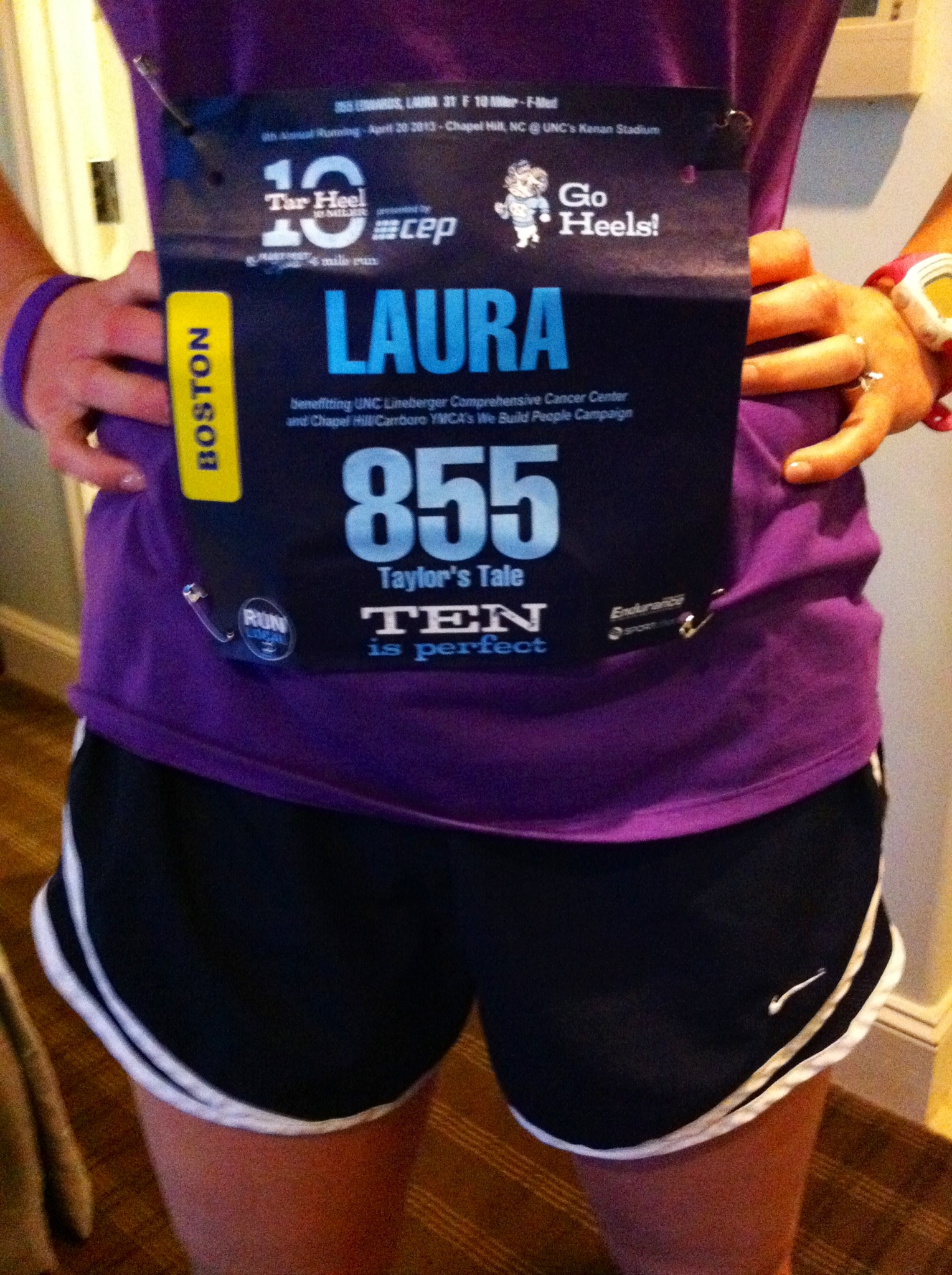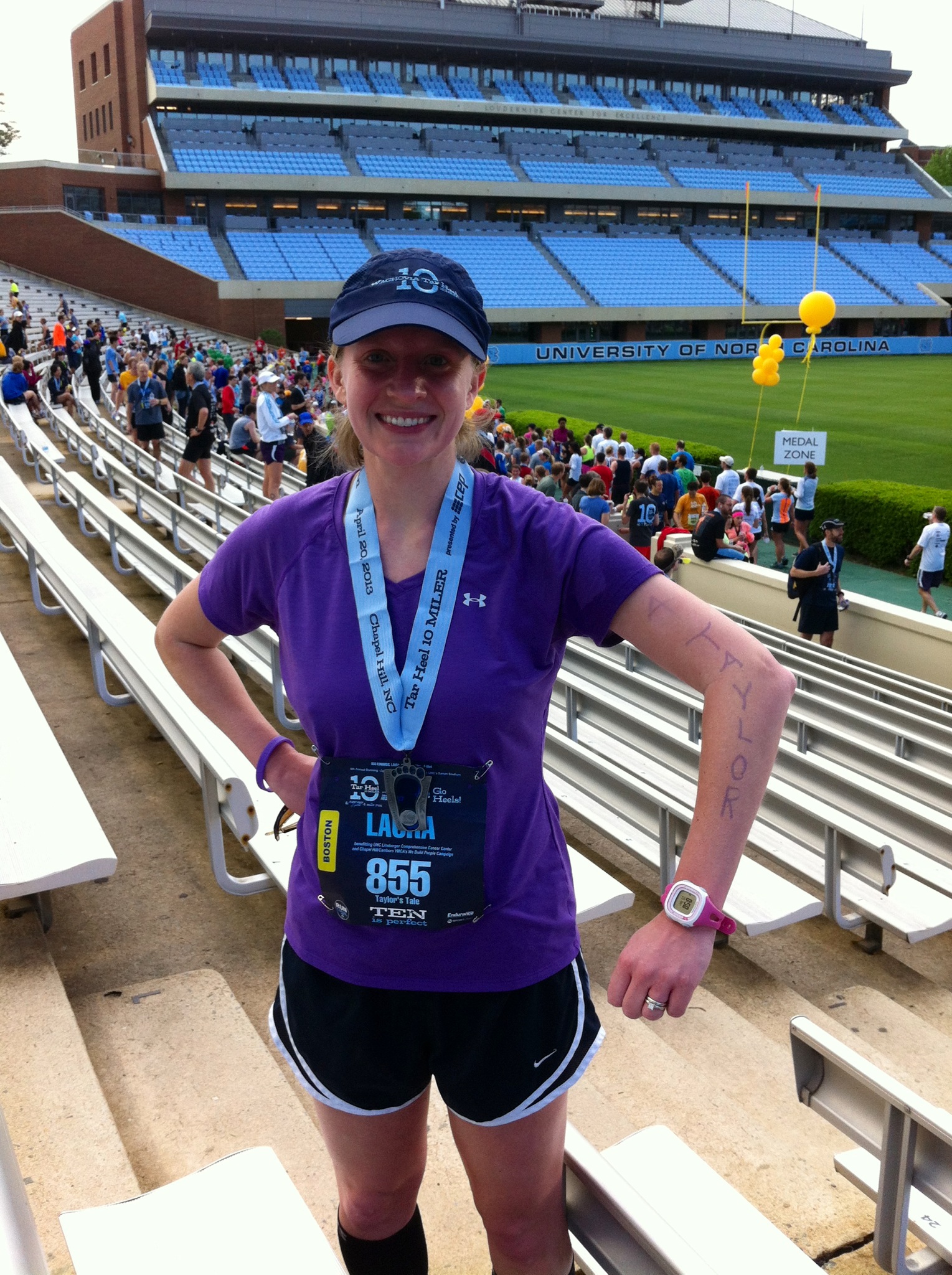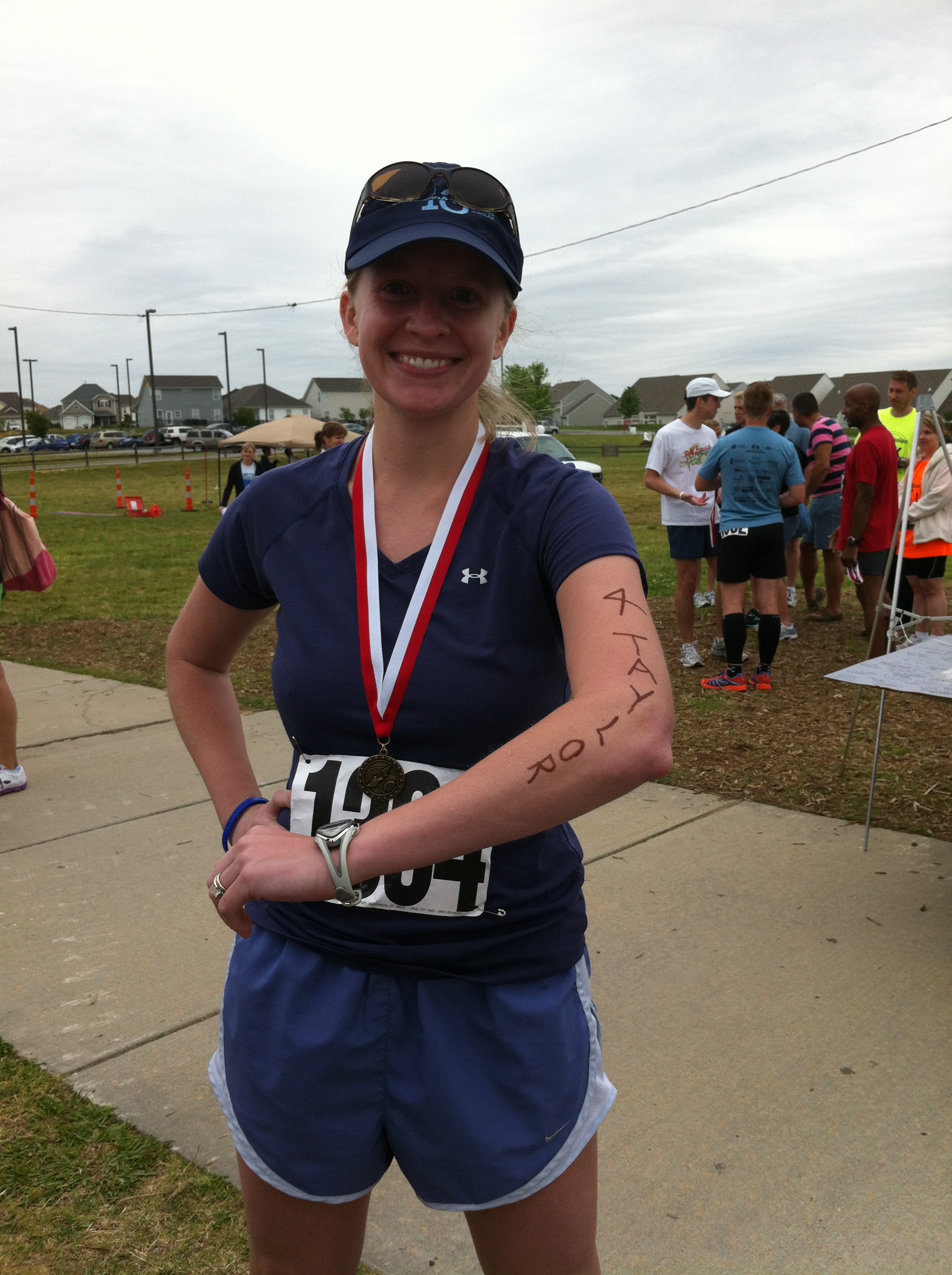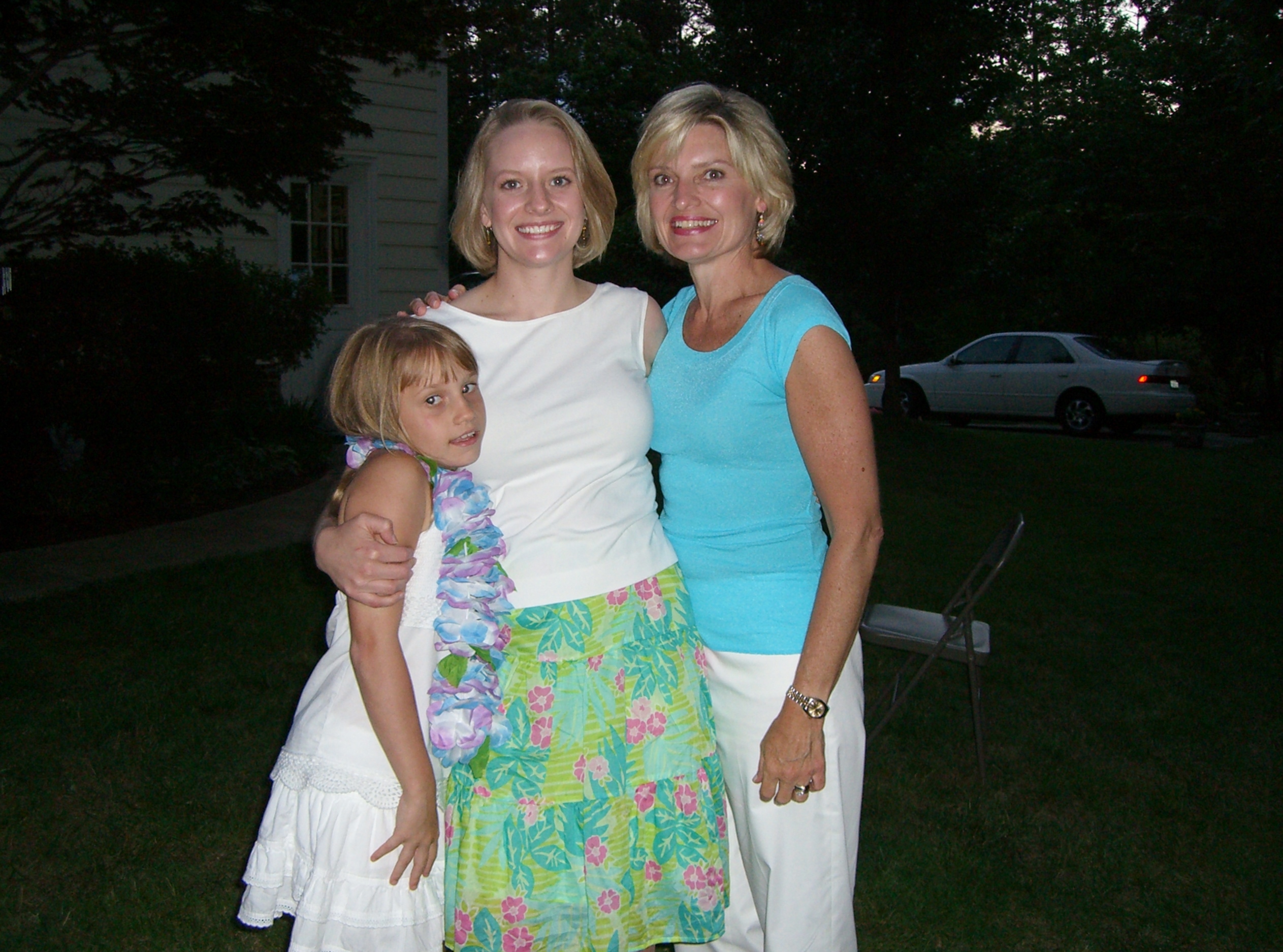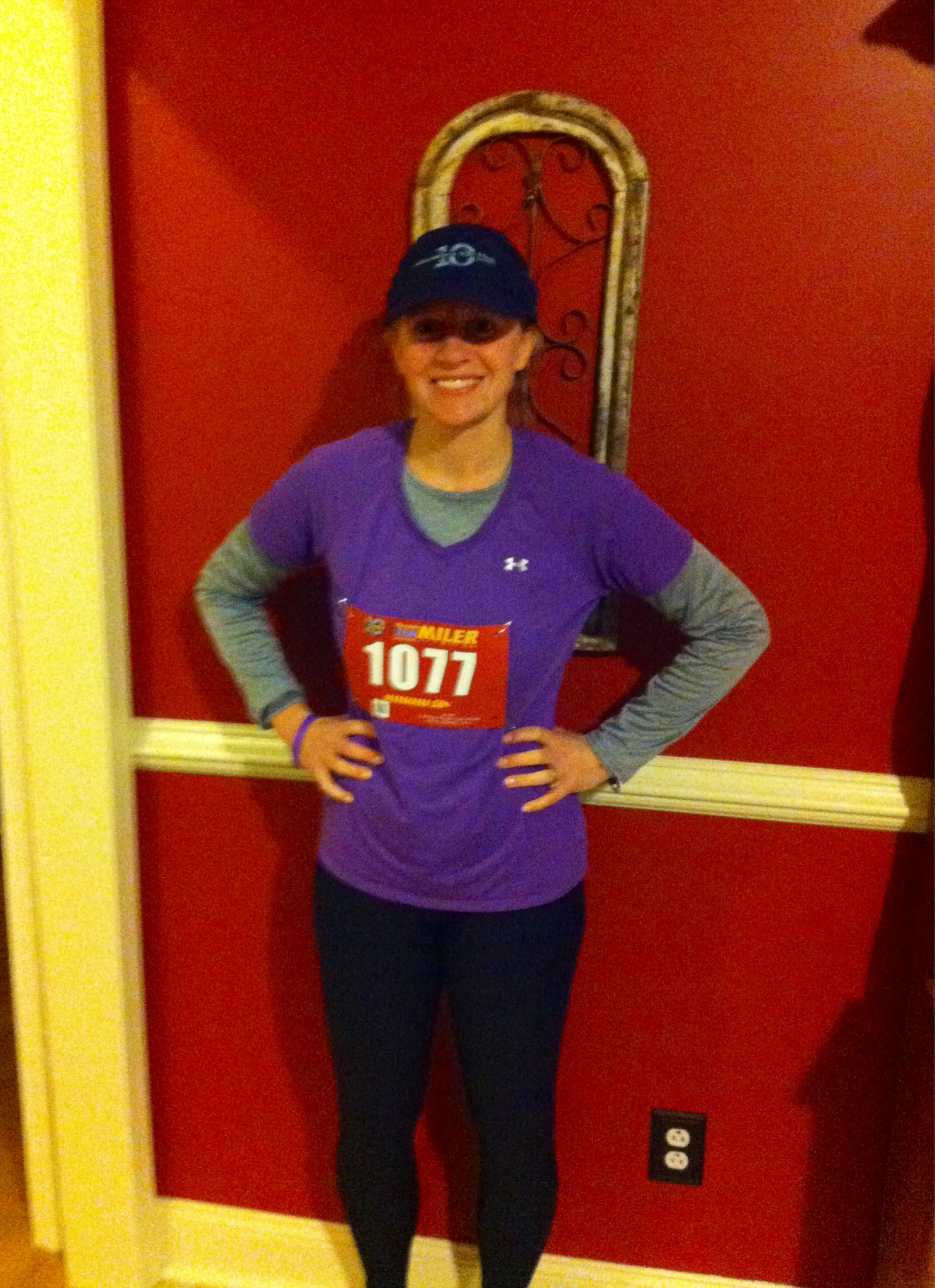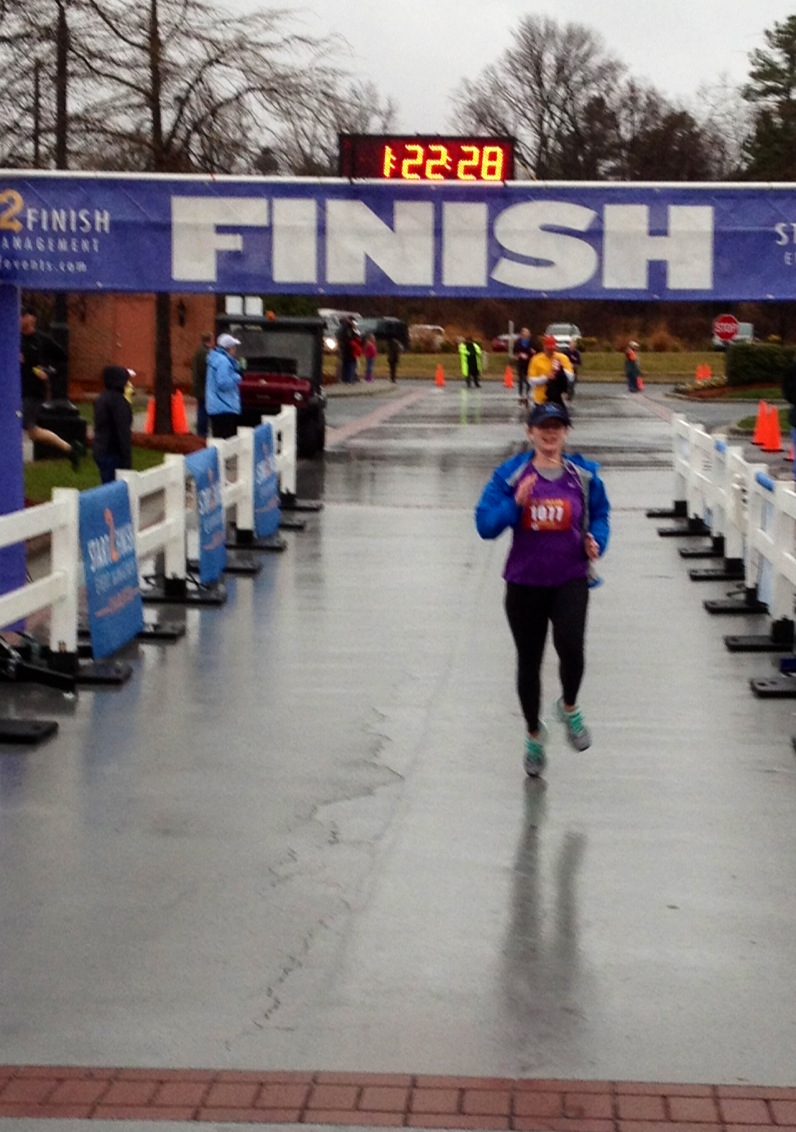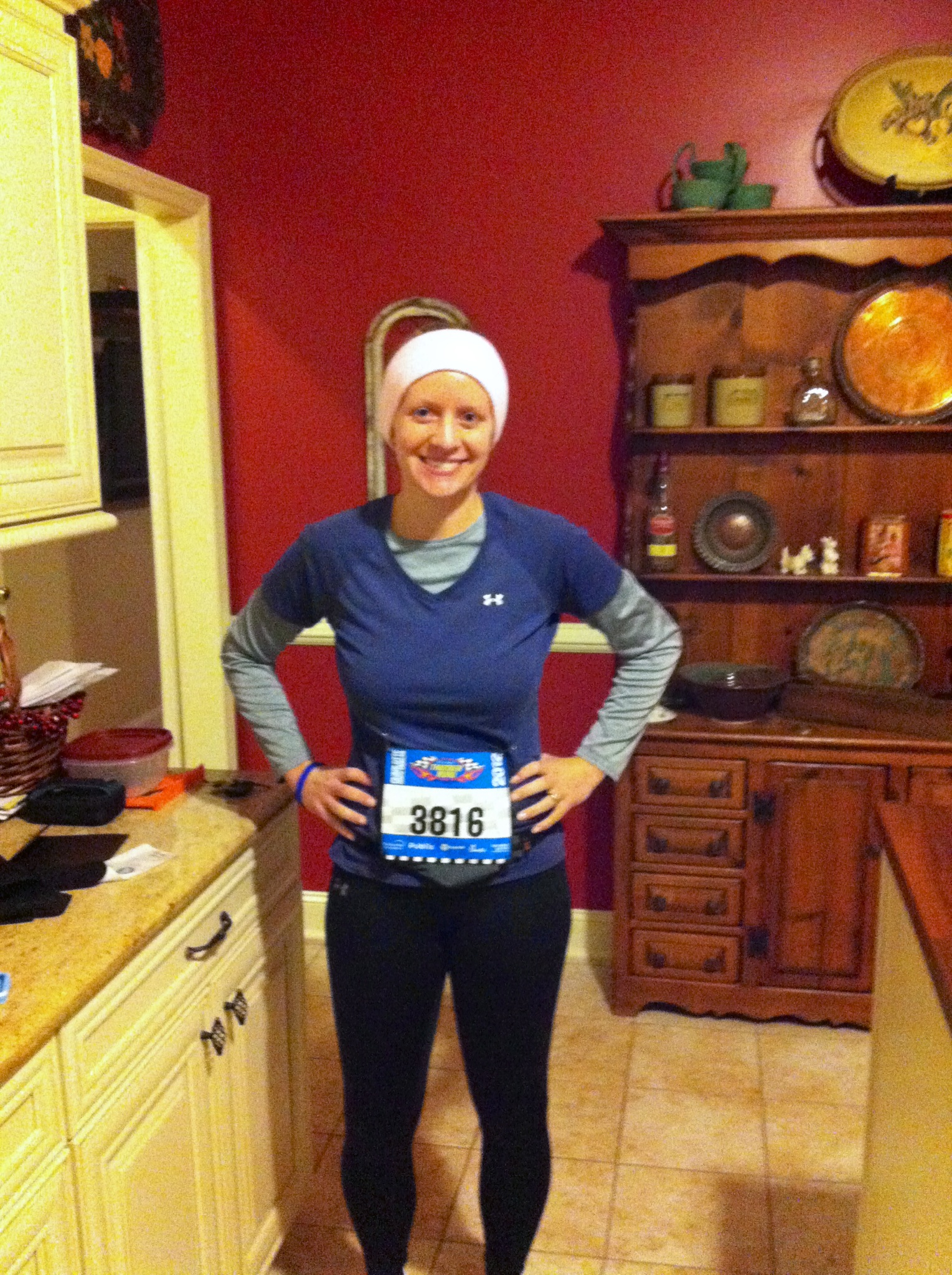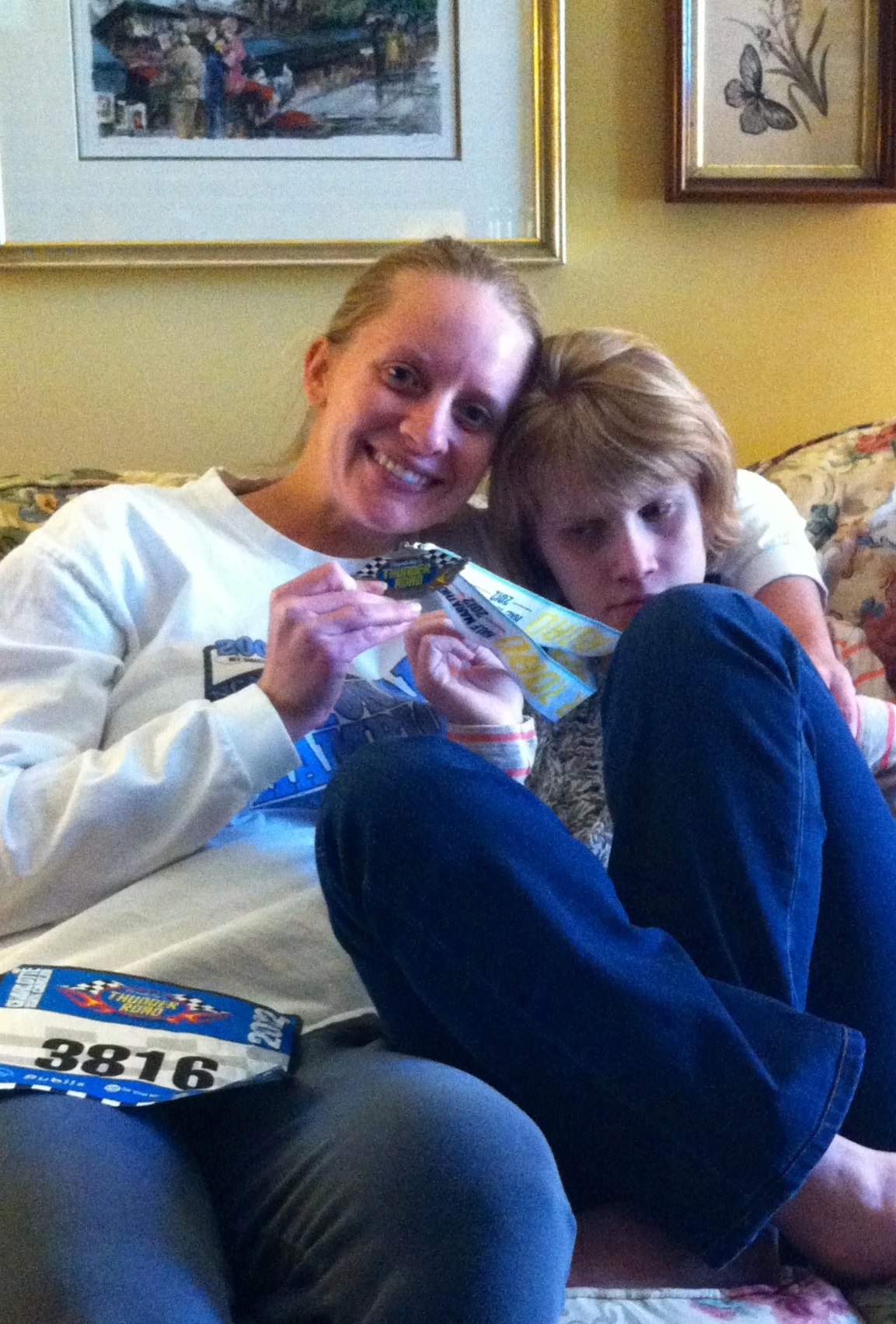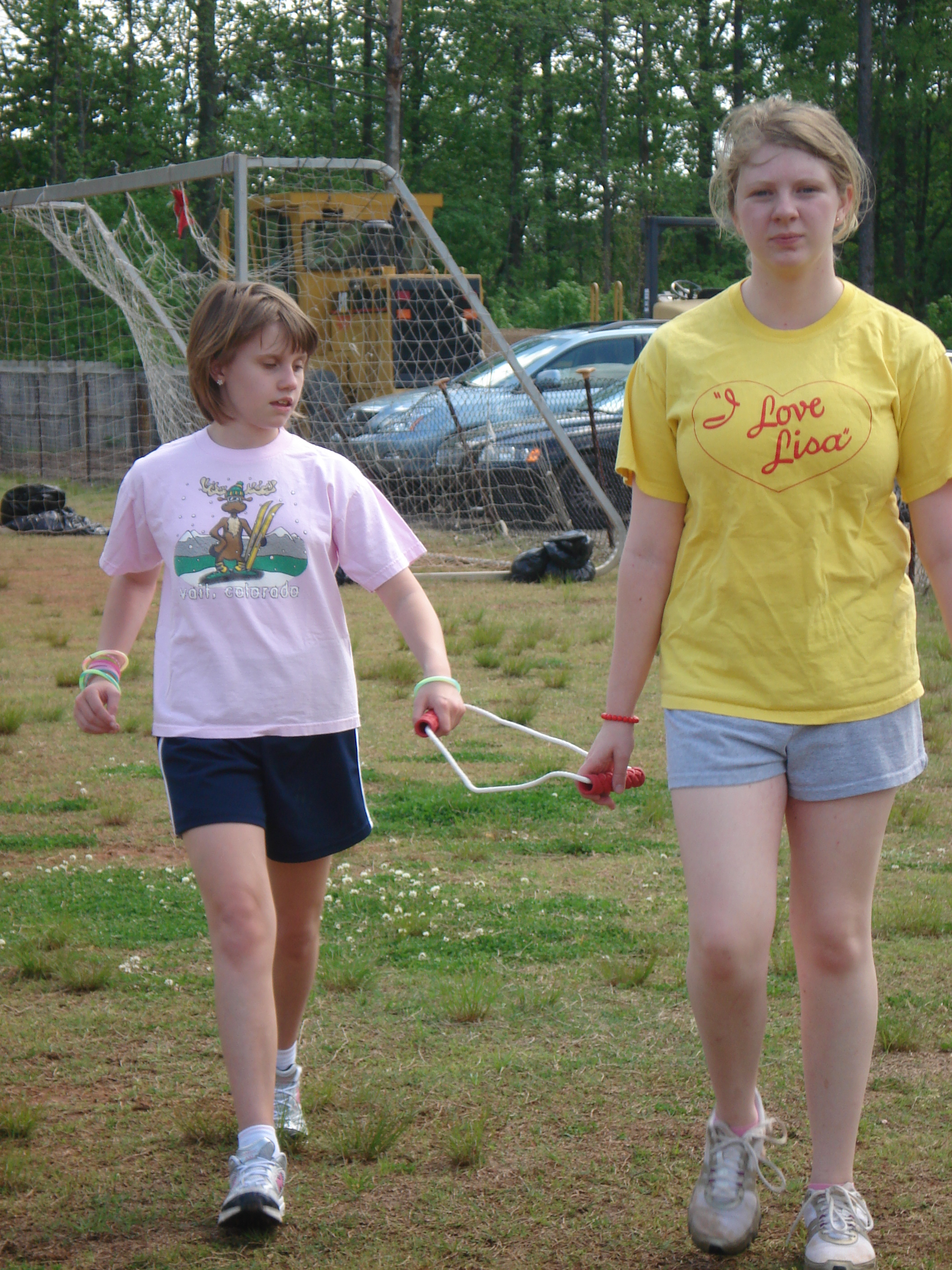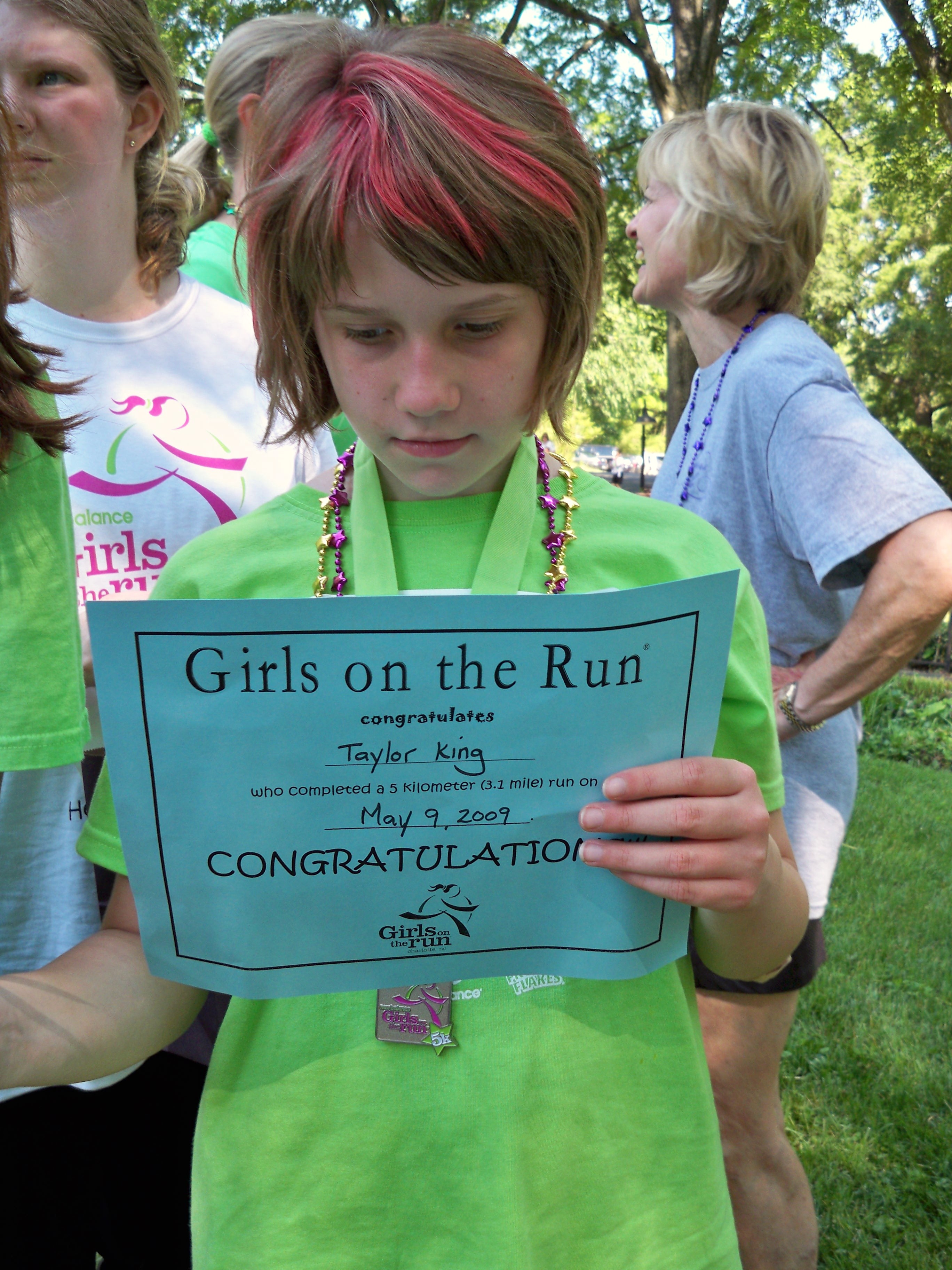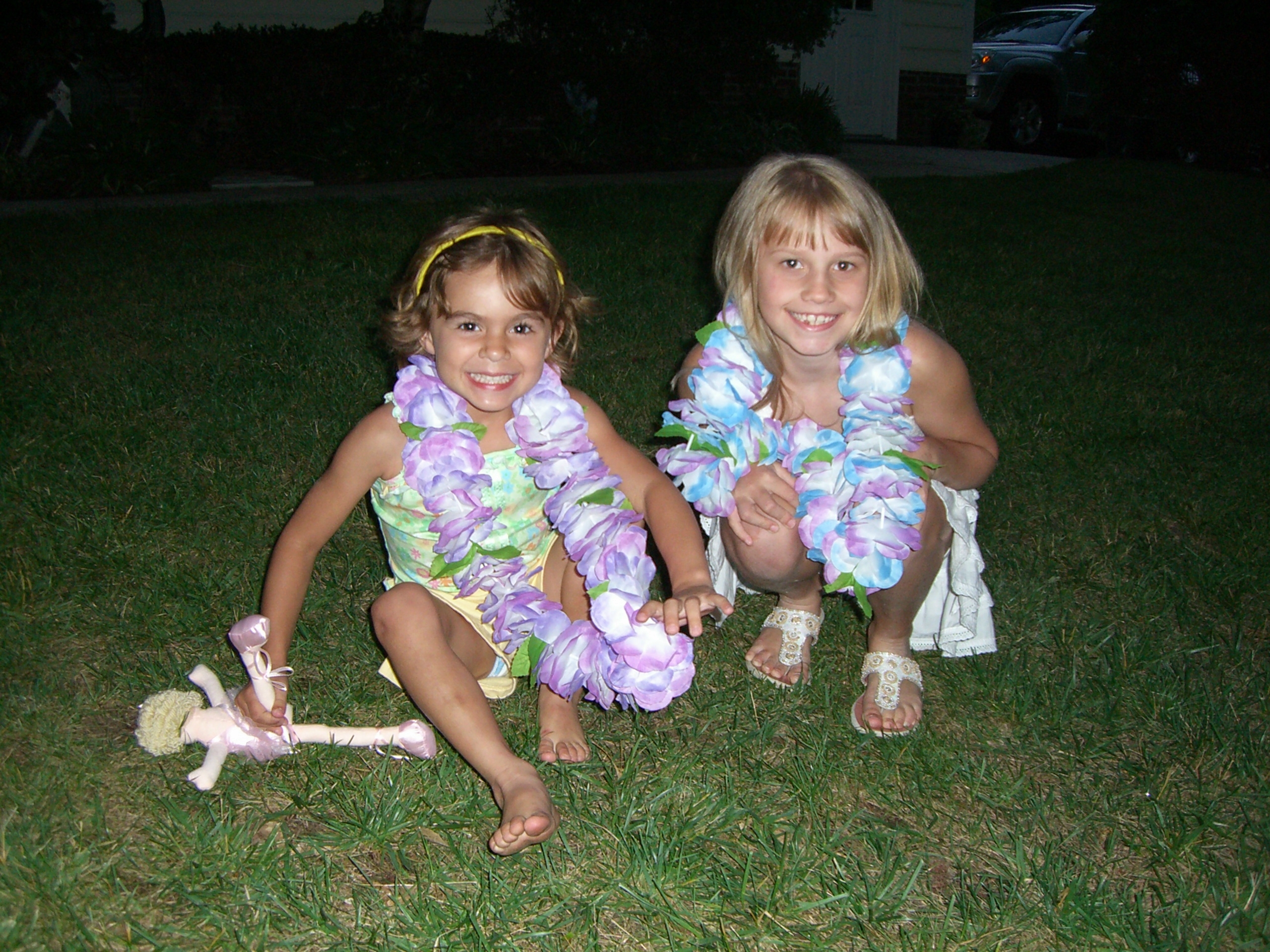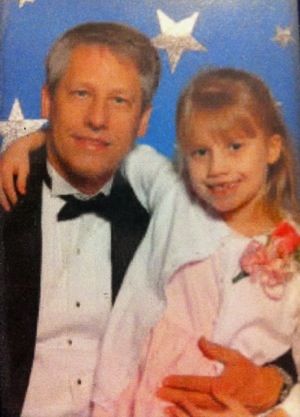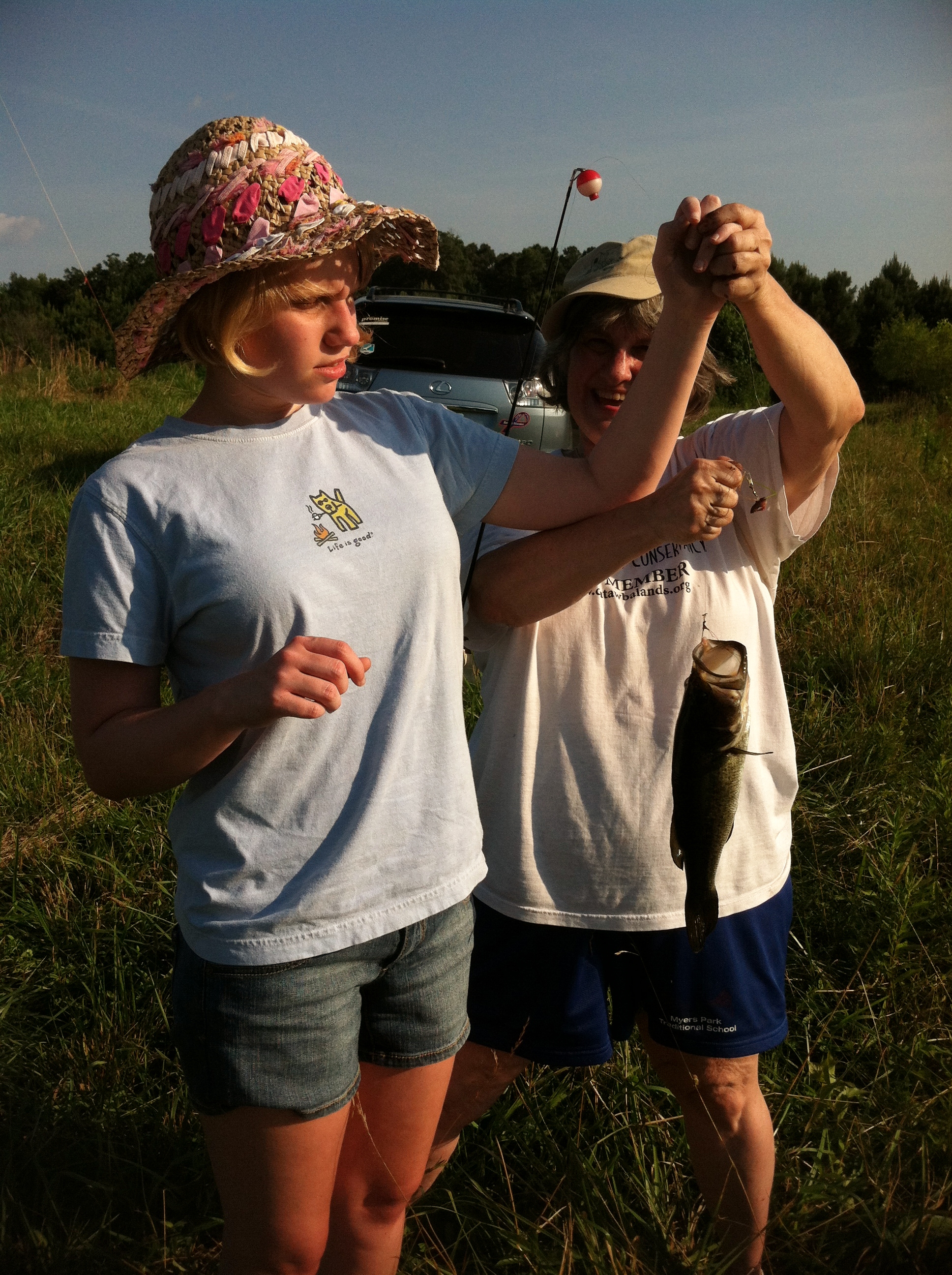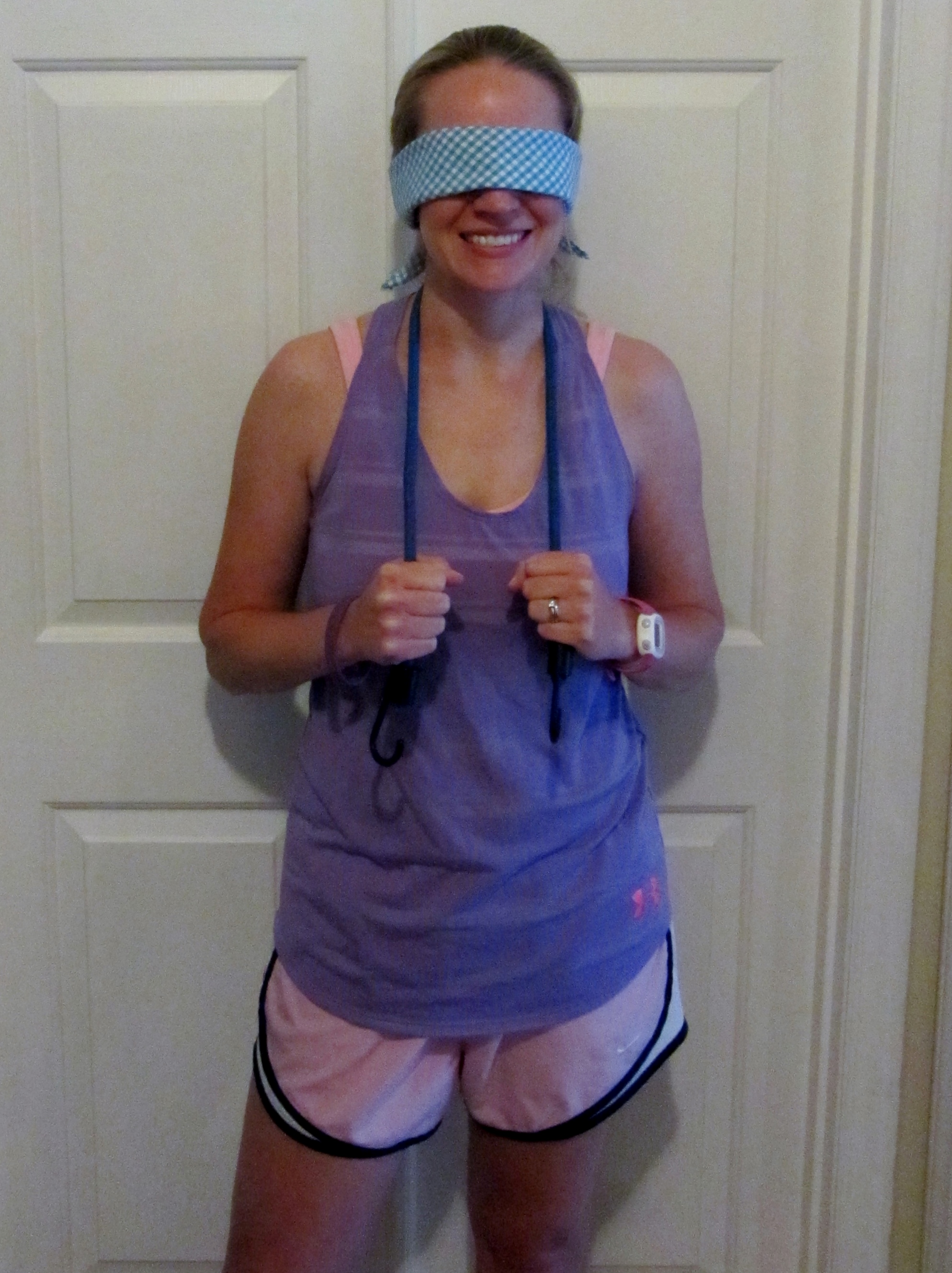 Last night, I broke out a makeshift blindfold for training run number four with my sighted guide, Andrew Swistak. I ran with my eyes closed for our first three runs, but even squeezing them shut didn’t block out all of the light or provide an experience of total blindness. At 10:28 p.m., Andrew and I took off from my mailbox; after a few blindfold adjustments on the run, we found our stride.
Last night, I broke out a makeshift blindfold for training run number four with my sighted guide, Andrew Swistak. I ran with my eyes closed for our first three runs, but even squeezing them shut didn’t block out all of the light or provide an experience of total blindness. At 10:28 p.m., Andrew and I took off from my mailbox; after a few blindfold adjustments on the run, we found our stride.
Andrew doesn’t tell me where we are on our runs, though if I guess correctly (which is rare), he’ll tell me. But I run with a Garmin Forerunner GPS watch, so afterward, I can connect it to my laptop and get a map of our route. When Andrew drops me off at my house at the end of the night, I feel like I have a pretty good idea of where we went. But it’s obvious from the Garmin maps that my internal compass is all out of whack. Last night, I thought we made it halfway across our neighborhood, which has multiple sections and over 800 houses. But the Garmin map traced a route that covered just eight short streets with lots of cul-de-sacs (great for practicing turns) in a tight area within half a mile of my house. All I can say is, it’s a good thing Andrew signed up to lead me to the finish line of the Thunder Road Half Marathon on Nov. 16.
We covered 3.79 miles in 40:48, so we lost some speed to the blindfold and all of those switchbacks. My ankle’s still a little balky from that first night, too, but it’ll get better. A lot of people say this is a great thing I’m doing for my sister or believe it’s some kind of sacrifice on my part. But I love my training runs with Andrew. I’ve learned a lot about myself as a runner, and I’ve learned more than I ever imagined I could learn about my sister’s dark world. And I can throw my blindfold in the laundry with the rest of my running duds at the end of the night. I can drink in the beauty of another day when the sun rises the morning after a run. I’m not where I want to be for this run on Nov. 16, but I’m sticking with it. I know what Taylor would do if she hit a bump in the road.
She’d just keep running.
I will run the Thunder Road Half Marathon blindfolded to support gene therapy co-funded by Taylor’s Tale at the University of North Carolina Gene Therapy Center. Donations to this cause are 100 percent tax-deductible. To support my run and our fight to develop treatments for Batten disease and other genetic diseases, click here.

